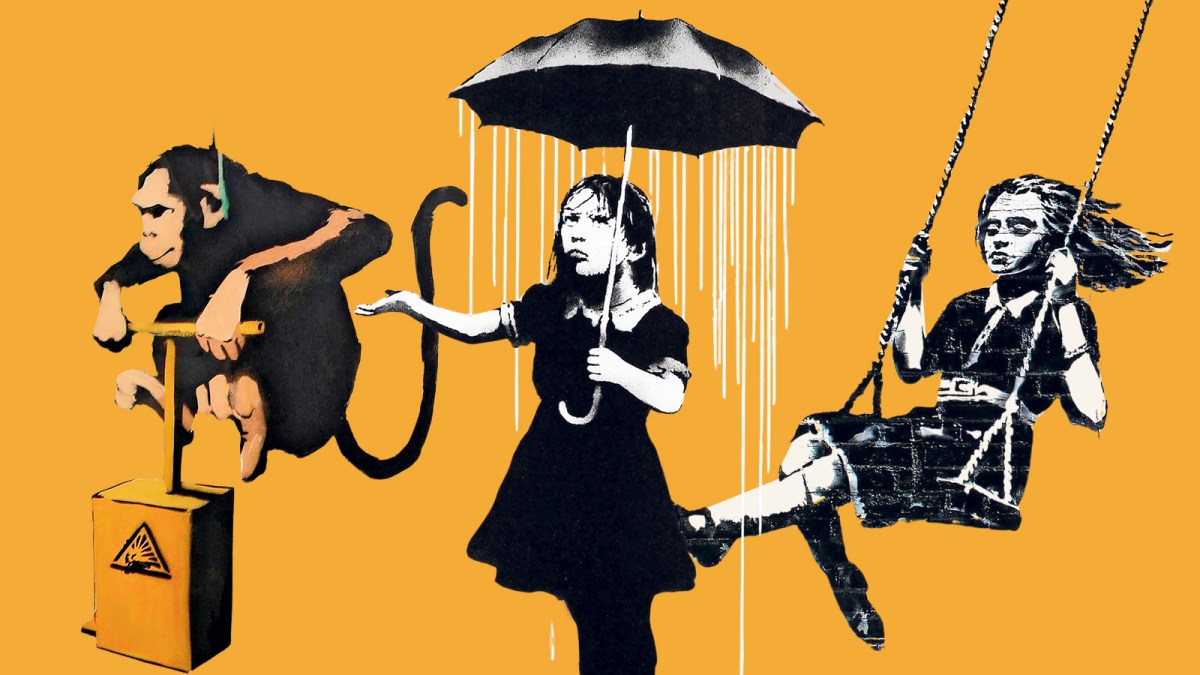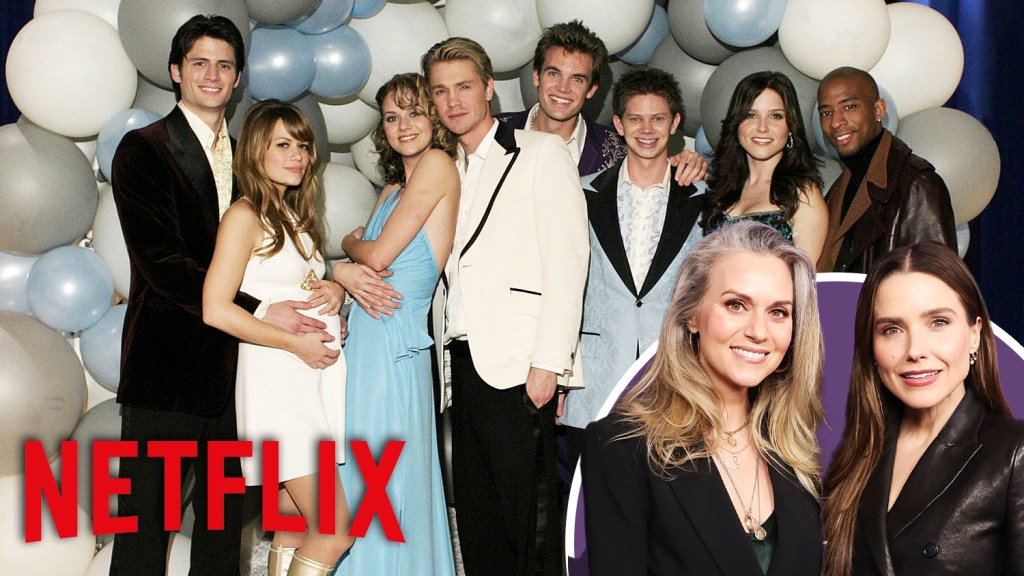Banksy: More Than Just a Publicity Stunt, a True Artist for Our Times

Art rarely sets newsrooms ablaze. Enthusiastic pitches are met with tired yawns, unless, of course, the story involves money. But in my experience, the only other guaranteed way to secure an art-related commission from an editor is if it features a certain, clandestine street artist from Bristol (allegedly) named Banksy.
Banksy is a banker's dream. Newsrooms adore him. He possesses it all: celebrity status, anti-establishment notoriety, and politically charged opinions rooted in current events, all delivered with his signature dark humour concealed beneath an enticing veil of mystery.
Just consider the ongoing saga of his stencilled animals popping up across London â a precarious goat near Kew Bridge; two pelicans catching fish above a chippy in Walthamstow; three monkeys hanging from a bridge in Brick Lane; two elephants reaching their trunks towards each other in Chelsea, which was vandalised on Friday; a howling wolf on a satellite dish in Peckham, already nicked, unsurprisingly; and a stretching cat on a disused (and subsequently dismantled) billboard in Cricklewood. Banksy clearly knows how to play the game.
A good central concept is vital, of course (two coppers kissing, for example). So is the execution, which typically involves Banksy's choice of location. Surprise is a significant factor, as is intrigue â although the whole incognito thing is overplayed. I've conducted various polls over the years, and nobody seems to want to know who he is, although a quick online search reveals plenty of clues. Over the years, there has been extensive media speculation, with names such as former public schoolboy Robin Gunningham and Massive Attack's Robert Del Naja put forward.
However, most people understand he can't operate if identified, as some of his work is placed without the landowner's consent, making it potentially illegal (although most landlords would celebrate the day a Banksy artwork appeared on their property).
Nevertheless, his fabled elusiveness isn't what truly captivates people. His knack for capturing the public's attention goes beyond a hoodie, some black spray paint, and a stencil appearing overnight. That's not his trump card. Banksy's winning hand is his instinctive and brilliant PR prowess.
When it comes to understanding the media, Banksy is on par with Charles Saatchi, the prominent 1980s advertising executive who became the chief cheerleader for the infamous Young British Artists (YBAs), forever etching their fame into history with his highly controversial Sensation exhibition at the Royal Academy in 1997.
Banksy has taken on the YBAs' mischievous mantle, as well as Saatchi's crown as the king of art PR. Like all successful publicists, Banksy often enlists a member of his close team to alert the media about an imminent piece: a heads-up, if you will. Sometimes it's a vague location (travel might be required) or simply a message posted to his 12.7 million Instagram followers about the latest creation. That's part one â the setup. Part two, much more challenging, involves creating an image that sparks conversation. He does this with remarkable consistency.
Banksy's sharp nose for PR, both in terms of media management and his ability to produce eye-catching work, is undeniable. But what about Banksy as an artist? Is he a one-trick pony whose stunts are starting to wear thin, as some believe (notably James Cleverly, the previous home secretary, who took exception to Banksy's inflatable migrant boat crowd-surfing at Glastonbury this summer, a criticism the artist angrily rebuffed)? Or, is he a brilliant image-maker who captures the imagination of millions?
I believe the latter. Banksy is a significant artist who will eventually become canonical. He is the latest in a long line of British social satirists, such as William Hogarth, the great Georgian chronicler. I am fortunate enough to see Hogarth's satirical masterpieces â *A Rake's Progress
and *Humours of an Election* â almost daily at the Sir John Soane's Museum where they hang, as I am the director. It is clear both artists stem from the same tradition of speaking truth to power with caustic commentary delivered through biting humour. The difference lies in their approach.
Hogarth primarily operated within London's art establishment. He was an avid freemason. His father-in-law was the artist Sir James Thornhill, court painter to George I. Banksy, however, resides firmly outside the art establishment. So much so, he created perhaps his best work to date critiquing the avaricious nature of the art world.
*Love is in the Bin*, or the "shredded" Banksy as it is better known, began life as a largely unremarkable sale item in a 2018 Sotheby's auction in London. However, all was not as it seemed. Unbeknownst to anyone, Banksy had hidden a shredding machine inside the picture frame, which outwardly contained his well-known *Girl with Balloon
image.
Everything appeared perfectly normal until the hammer came down at £860,000 for the picture. At that moment, Banksy or an accomplice pressed the remote control, starting the concealed internal machine. The machine partially shredded the picture (it was meant to shred the entire piece and drop it into a wastepaper basket below â hence the title *Love is in the Bin
â but the machine malfunctioned halfway through, resulting in a different work from the one Banksy envisioned). Everyone was stunned.
The buyer was offered a full refund. She said she would consider it overnight. By the next morning, it must have dawned on her that she had significantly underpaid for what had instantly become one of the most notorious and memorable contemporary artworks of the century. Wisely, she decided to keep the self-destructed artwork. Three years later, *Love is in the Bin
was back at Sotheby's, where it sold for £18.5 million (including auction fees).
I am not surprised. It is one of the most exceptional works of conceptual art produced since Marcel Duchamp started the whole "art can be anything" trend with his urinal back in 1917. Like all brilliant ideas, *Love is in the Bin
was deceptively simple but conveyed a powerful message. It was not just a send-up of the art world and the wafer-thin line between art and commerce, but also a comment on how we assign value in a Western society driven by a market economy.
No artist consistently produces excellent work, but the very best remain restless and curious enough to continue creating notable pieces. Louise Bourgeois seemed to improve with each passing year throughout her nineties. Octogenarian David Hockney continues to produce moving work, such as the timely and much-needed Covid lockdown series of daffodil and blossom paintings in 2020, which he playfully titled *Spring Cannot be Cancelled*.
The fact that Banksy has persevered from his early days as an *enfant terrible
in the Nineties, when he began creating his large-scale stencilled street art, to the middle-aged success story he is today, is a remarkable achievement, particularly considering he has done it without the support of a major West End gallery. I have no idea how much money he has made from his ventures, but I'm fairly certain others have profited considerably from buying and selling his work.
His longevity is a testament to his qualities as an artist and satirist. Agree with him or not, he acknowledges the capacity of art to challenge, provoke, and, on occasion, to celebrate, such as his fundraising picture, *Game Changer*, which raised £16.75 million for charities supporting the NHS during the pandemic.
In the end, Banksy is just a man with a stencil who expresses himself without resorting to violence or intimidation. That is the power of art.





